In a secular age, two mythic stories starkly contrast good and evil with an inter-generational appeal: J.R.R. Tolkien’s The Lord of the Rings and George Lucas’ Star Wars. Both reemphasized the distinction between objective good and evil in an age marked by moral opacity. One aspect of Christianity, as with other religions, is its casting of humanity’s ultimate struggle between our tendencies towards vice and virtue, something Tolkien and Lucas clearly understood. In our heart of hearts, we realize that belief does matter, from the box office to the Oval Office. Ask those in corruption-riddled countries: can you trust your government and its bureaucracy to serve the people honestly? Many will answer with an emphatic no and wish for a world where the distinction between good and evil was clearly distinct.
In his May 11 article Heroes and Anti-Heroes, Eric Patterson provides a wonderfully concise definition of a hero: “A hero is someone who fights against something larger than himself for something larger than himself.” And further, “Heroism is about the moral quality of the action, not the amount of power at one’s disposal.” Whether sourced from fiction, myth, or history, the quality of heroism is defined by courage to do the right thing, despite all temptations and discouragement.
Lucas and Tolkien understood the power of heroic myth and wove it deftly into their stories. In an interview with Sally Kline, Lucas said: “I was trying to say, in a simple way, that there is a God and that there is both a good side and a bad side. You have a choice between them, but the world works better if you’re on the good side … I wanted it to be a traditional moral study … there is always a lesson to be learned.” Belief does matter in ways that reflect the moral barometer of society and the health of its political institutions. John C. McDowell records Lucas saying: “The dark side…is like a huge cancer, alive, festering – both a reminder of a moral state and, at the same time, symptom and symbol of a very sick society.”
In Star Wars, young Anakin is seduced by Palpatine to the Dark Side by essentially blurring his distinction between good and evil. In the novelization The Revenge of the Sith by Matthew Stover, Palpatine tells Anakin: “Good is a point of view, Anakin. And the Jedi concept of good is not the only valid one. Take your Dark Lords of the Sith, for example. From my reading, I have gathered that the Sith believed in justice and security every bit as much as the Jedi.” Palpatine’s greatest power, even beyond his Force Lightning, is his verbal deception and dissimulation; He is the proverbial snake in Lucas’ Eden.
In Tolkien’s The Lord of the Rings, the One Ring clearly represents a power analogous to Original Sin. Joseph Pearce in Tolkien Man and Myth, cites Tolkien: “This Catholic theology, explicitly present in The Silmarillion and implicitly present in The Lord of the Rings, is omnipresent in both, breathing life into the tales as invisibly but as surely as oxygen.” Personally, this was hard at first to see as a young man reading Tolkien, when the most salient things were dragons, Nazgul, Orcs, and ring magic. As an adult, one appreciates the deeper level of religion and myth that permeate both Tolkien and Lucas.
Christ’s salvific sacrifice is symbolized clearly in both Tolkien and Lucas as well. When Palpatine thinks he has converted Luke to take his father’s place, Luke instead mercifully and defiantly throws down his lightsaber, telling the emperor he has failed, and that he is a “Jedi like his father.” Luke defeats Vader’s evil not with force of arms, but with a more primal and basic force: the power of love and the appeal to mercy in Vader. Luke’s wager is Christ-like: to gamble that love is a power even stronger than the power of Palpatine’s deception, and he was right. Lucas completes his mythic tale of good and evil with a classic religious lesson.
Frodo’s march to Mt. Doom also parallels Christ’s last footsteps to Golgotha. Joseph Pearce described it well in Tolkien: Myth and Man: “The parallels with Christ’s carrying of the Cross are obvious … Frodo’s burden may even lead the reader to greater understanding of Christ’s burden. All of a sudden, one sees that it was not so much the weight of the Cross that caused Christ to stumble but the weight of evil, symbolized by Tolkien as the Eye of Sauron.” The power of the ring, and the need to vanquish it runs throughout the story: the perennial temptation of original sin pulling mankind to grab that power which will delude us into thinking we are equal with God. Tolkien understood myth was the true power of a story calling to the deepest niches of human psychology, what Carl Jung might call the “archetype.”
Tolkien and Lucas have tales of myth, but they have been so popular because their themes resonate so clearly with real life. They allow us to escape the world while retelling its perils on a bolder, more heroic scale; a world where good does indeed conquer evil though not always with lightsabers or swords as one might expect. In our world, we witness incessant striving after power, with myriad quotidian choices between good and evil. In the comfort of our first-world security, we often forget these beliefs matter as long as Starbucks never runs out of coffee and the grocery store is always well-stocked. Yet the health of political-economic institutions invariably depends on the integrity of the belief systems upon which it invisibly depends. Adam Smith called the function of our moral conscious the “impartial spectator,” while Abrahamic faiths simply call this God. And the sheer idea of God gives vitality to Smith’s impartial spectator, and the struggle of good and evil, in a way not totally different from the works of Tolkien and Lucas. Indeed, one need not win a philosophical argument about the factual existence of God to see that conceptually this matters to the health of a political culture.
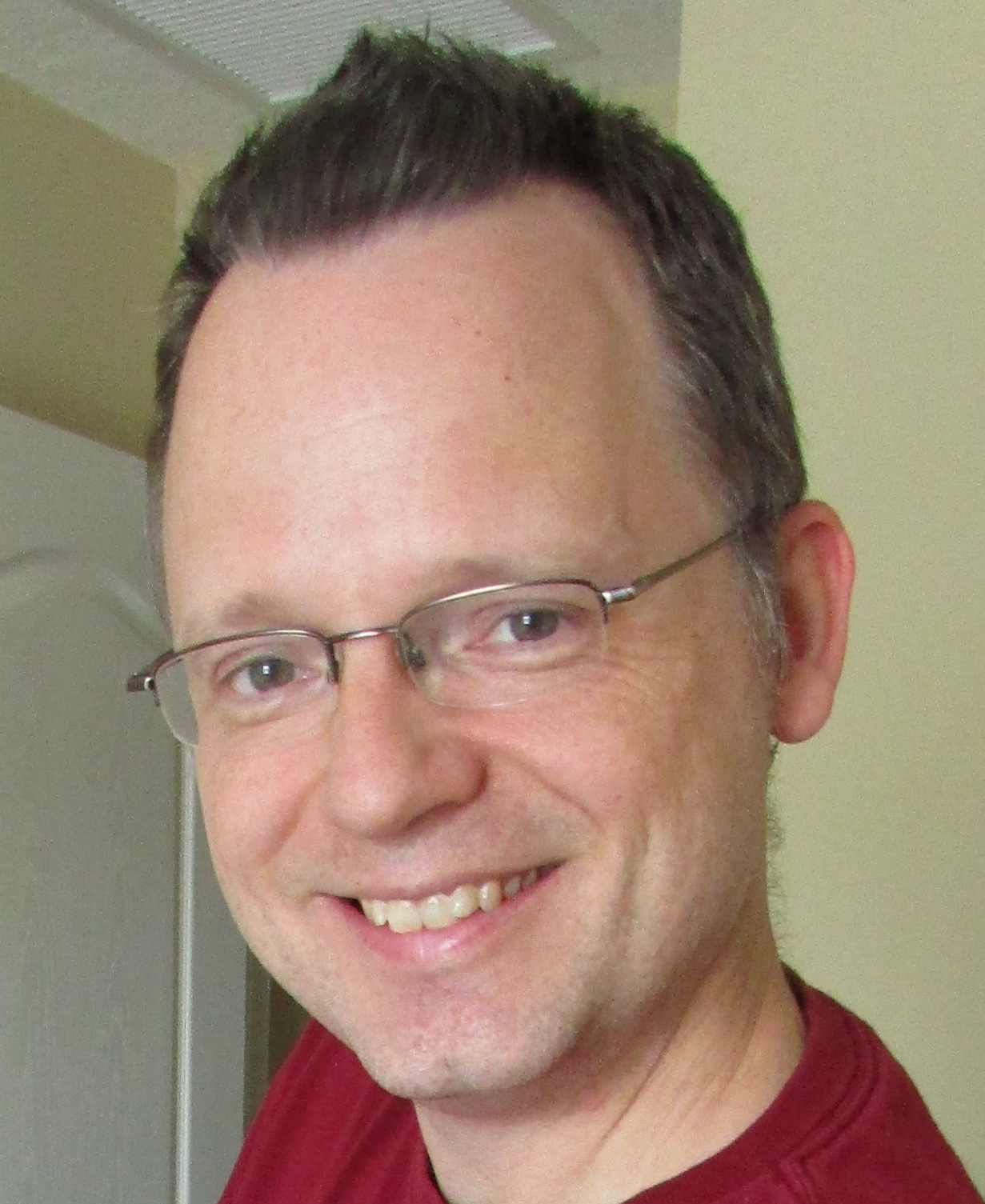
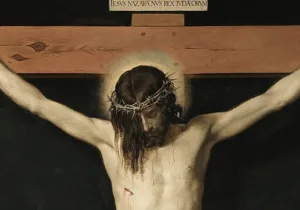
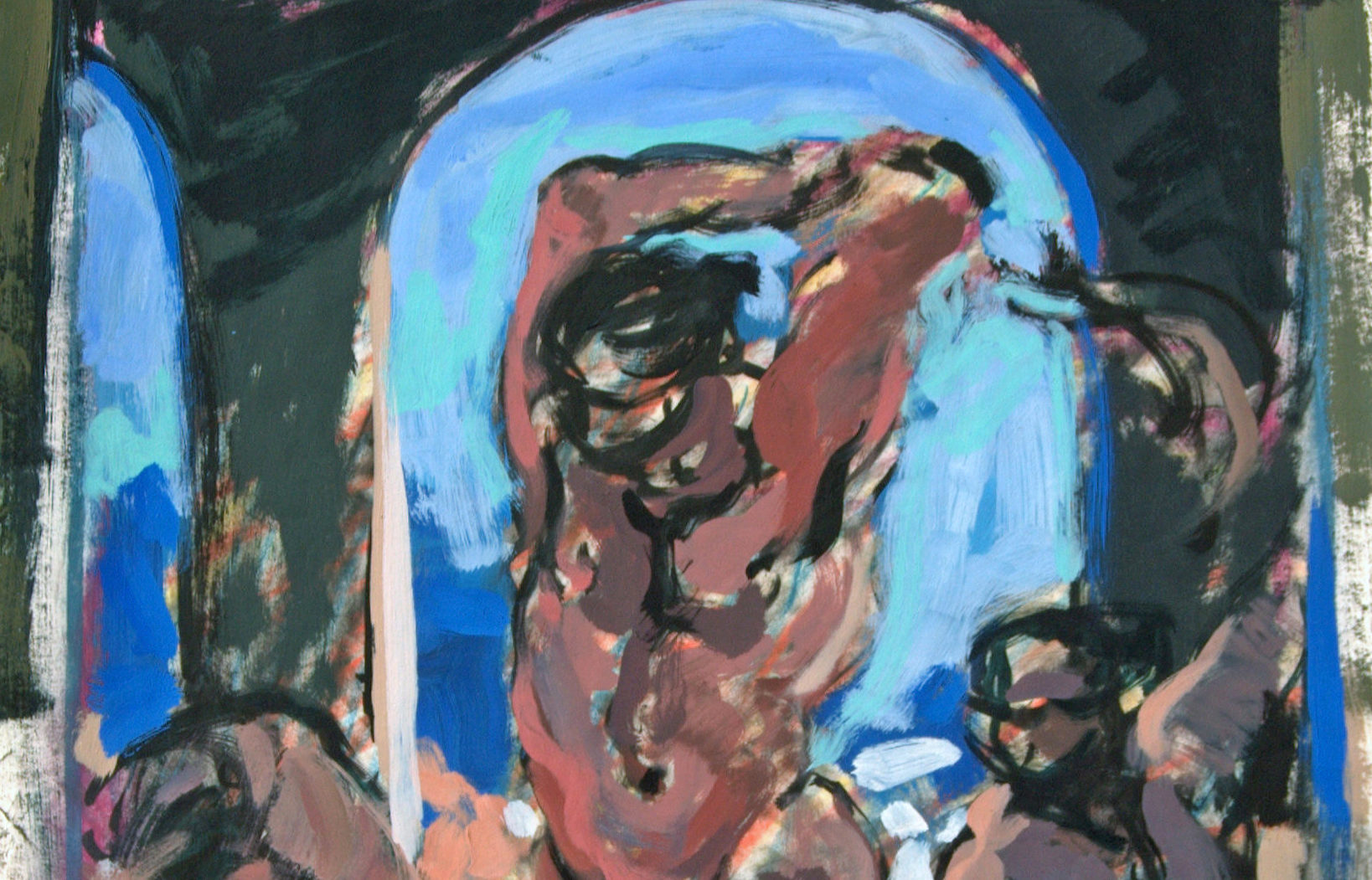
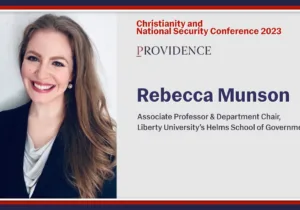
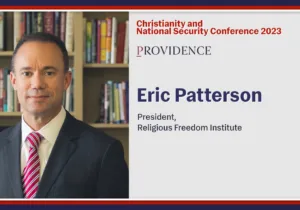


 Sponsor a student for Christianity & National Security 2024
Sponsor a student for Christianity & National Security 2024